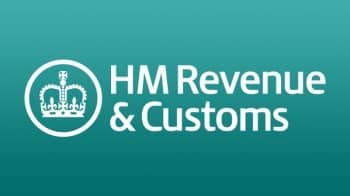Make the most of work fit tax incentives
Updated 7th July 2022 | 2 min read Published 29th May 2018
Did you realise that there are certain tax breaks on offer for employers who promote health and fitness for their workers?
HMRC has recently been reminding employers of this fact. Why?

Well, according to a recent Government report entitled Fitness at Work, during 2016/17, some 1.3 million workers suffered from work-related ill-health, which equated to 25.7 million working days lost. This, in turn, has been estimated to cost £522 per employee, and up to £32 billion per year for UK business.
Many organisations already offer employees workplace gym or leisure facilities, either run internally or by a third-party provider. These can be provided to staff for free or on a ‘paid-for’ basis. If certain conditions are met, in-house gym facilities may be offered to employees at a convenient location to fit in around work, and no tax or NIC liability will arise on this.
Broadly, to qualify as a tax-free benefit, the following conditions need to be satisfied:
• available for use by all employees;
• not available to the general public;
• used mainly by employees, former employees or members of employees’ families and households (employees of any companies grouped together with to provide the facilities also count);
• not located in a private home, holiday or other overnight accommodation (including any associated sporting facilities) and
• don’t involve the use of a mechanically propelled vehicle (including road vehicles, boats and aircraft).
Alternatively, employers are often able to negotiate with local gyms and leisure centres to secure a discounted membership rate to pass on to employees – this can be up to 20% - 30% cheaper than the normal price. Depending on how the employer pays for the cost of the gym membership, the payment is either taxed as earnings or a taxable benefit-in-kind.
So, for example, if an employer gives the employee additional salary to pay for their gym membership, the money is taxed as earnings through PAYE. If the employer pays the gym membership directly, a taxable benefit-in-kind arises on the employee and should be reported to HMRC on form P11D, or through the payroll.
As the saying goes ‘prevention is better than cure’, and employers may wish to consider taking advantage of an existing tax exemption covering one medical check or health assessment per employee per tax year.
The exemption applies only to employees (and not, for example, to family members unless they are also employees in their own right). Employers do not have to offer the medical checks to all employees to gain the exemption.
An employer may provide, for a given employee in a given tax year, both one health screening assessment and one medical check-up. The exemption applies whether the employer pays for the services direct or whether the payment is by way of a non-cash voucher or credit token.
As fitness and health issues become increasingly popular, anything an employer can do to help is likely to be most welcomed by employees.





